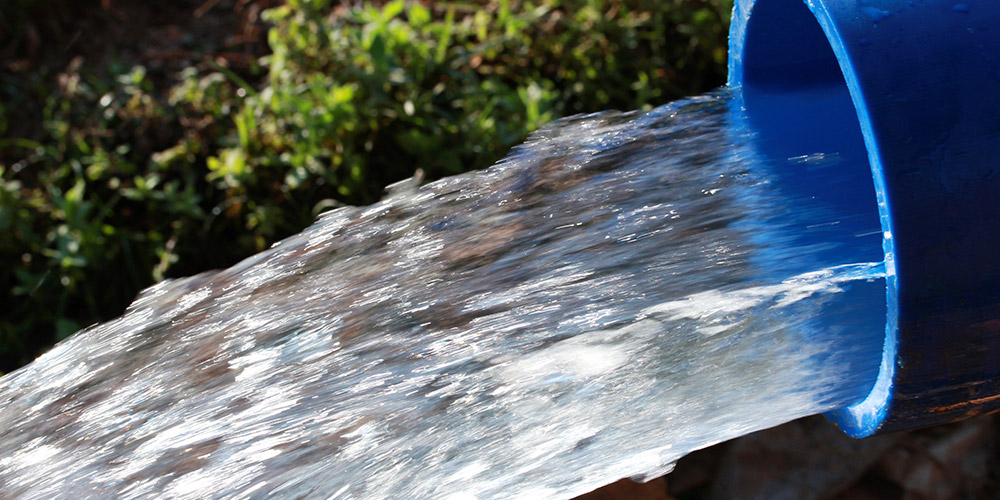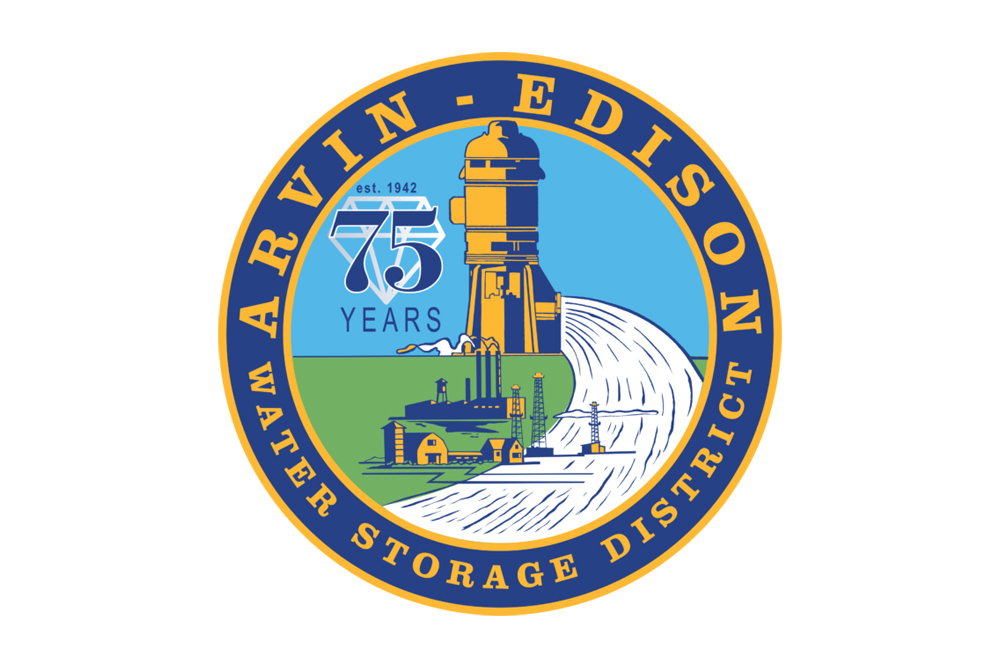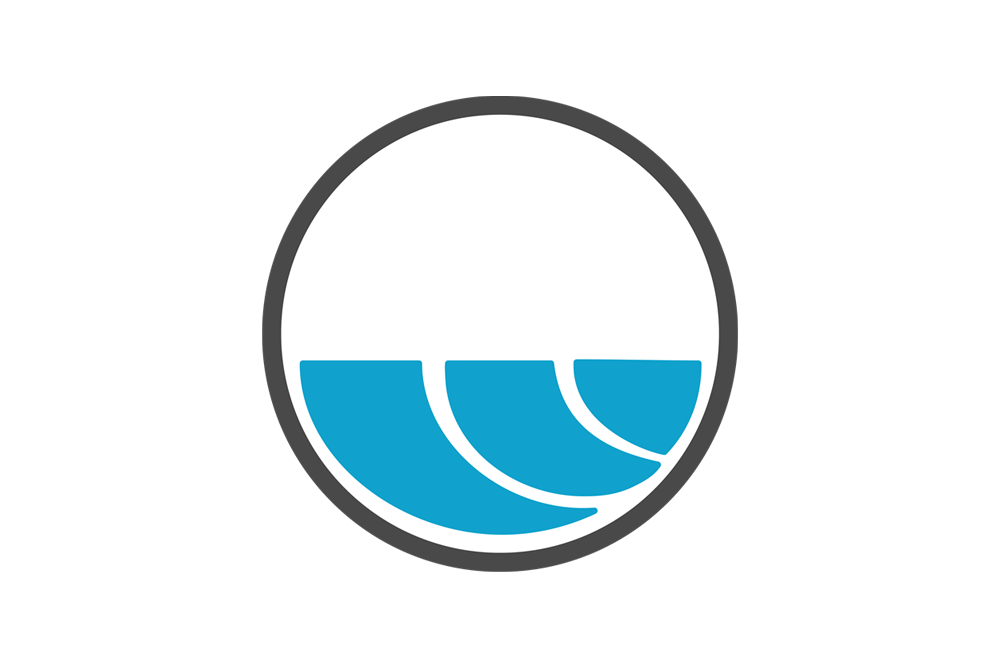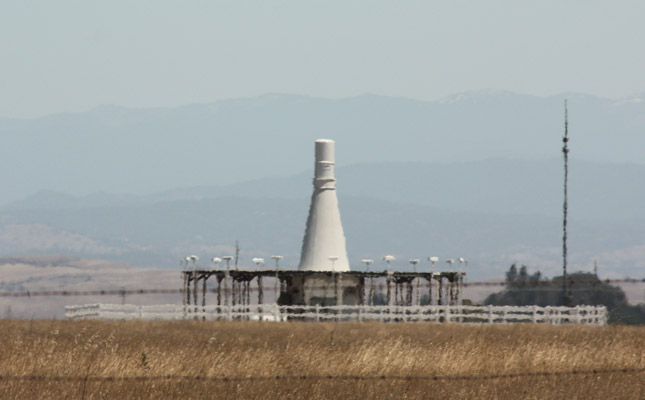The Tulare Irrigation District’s board of directors met on Tuesday, June 13, 2017 at its headquarters west of Tulare. Chairman David Bixler called the meeting to order just a little after 9:00am. All the directors were there but Scott Rogers and Dave Martin, so there was a quorum. During public comments I mentioned the “Death” hot sauce that came with the breakfast burritos was successful in clearing my sinuses but was it worth the cost? Very hot; the front of my face tingled until way after the meeting. Director Mike Thomas has had a good thing happen. His blue berries are officially organic and he’s got a great label and distribution deal. Good for him. Nugesse Ghebendrias accompanied me to this morning’s meeting. Ghebendrias is a journalism major at Fresno State and may be helping me out. Rogers showed up in the middle of this.
Water Master Marco Crenshaw gave his report. He’s had a good problem of trying to balance the amount of Central Valley Project Friant water and the Kaweah River water available to the district. The San Joaquin River watershed is still very full. Martin showed up in the middle of this. Crenshaw said the Kaweah inflow peaked at 3,800 cfs and he doesn’t expect it to get above 3,000 cfs again this year. There is a hot spell coming at the end of this week and TID demand is picking up. He said one of the regular workers was sidelined with a back injury forcing the ditch tenders to cover for each other. There are now two temp workers who have never seen a full ditch until this year are taking relief work while bringing in more water than ever before. Every time water runs a canal seeps and a pipeline leaks so it’s being called recharge for the time being. This has been a common theme as the infrastructure relaxed a bit during the drought. TID is on track to sell about $5 million of water this year. Director Rick Borges asked General Manager Paul Hendrix if there will be any unreleased restoration flows available. Hendrix said it is still too early to know. Crenshaw said the Friant uncontrolled season is likely to last longer than on the Kaweah River.
Hendrix spoke about balancing the downstream needs of Friant and Kaweah River water for the lake bed growers. There was a time when TID had to take the Friant water and this was pushing water onto Boswell lands and a deal was made with Corcoran ID. A new US Bureau of Reclamation contract has helped with this. TID isn’t obligated to take the federal water now. However, TID has been able to take Friant water so far this year. If the lake starts filling up TID will cut back on Friant supplies and focus on Kaweah Delta water. Bixler said due to SGMA we have to bring in as much water as possible. Borges predicts the lake bottom folks are going to review this agreement due to SGMA. Hendrix said Boswell isn’t creating too big a stick on this one but he things they’ll want to change up a lot. Crenshaw said Boswell hasn’t been pushing too hard and has a good relationship with the Army Corps of Engineer. Borges said with the subsidence issues on the Friant capacity is low.
Hendrix said Superintendent Wayne Fox is absent and others will attempt to take his place and give the O&M report. A portion of the weed crew has been reassigned to deliveries. Engineer Aaron Fukuda spoke about some failures due to pressure and some of the roads were in peril for a moment from a connection leak. Between the district and the county repairs were made.
Kathy Artis gave the treasurer’s report and said the district received $55,000 from a San Luis Reservoir true-up. Fukuda said there was another $1,000 for CAD system upgrades to be paid. There were some other questions that could be better answered with a look at the draft budget. There are still copies of Richard Zach’s excellent TID history “Quest of Water” available. Right about then I rubbed my hay fever itchy eyes with my hot sauce stained fingers and effectively pepper sprayed myself. It worked out OK. Not only did it wake me up but the board considered the bills while I slowly regained my sight.
Next Hendrix spoke about a report by the Public Policy Institute of California he was involved with. The PPIC think tank team toured the Valley to find out how SGMA is impacting agriculture. Dr. Peter Moyle was with the tour group. He found some small frogs and asked Crenshaw if they made any sound. Crenshaw said yes they sound like popcorn when you run over them.
Hendrix reported the three GSAs in the Kaweah sub basin have all worked out overlaps. Tulare County is ready to cover the white areas on the eastside so all systems go for the July 1st deadlines. The Groundwater Sustainability Plan is the next big hurdle. They can cost a lot of money but there are $1.5 million grants available. Mid-Kaweah GSA, the GSA TID is a member of, is willing to work with the other GSAs in the sub basin to be the lead agency for the grant. MKGSA is working with GEI Consulting and there is even some money left over in the latest fiscal year so the grant application may not be as big a hit this year as it could have been. Mid Kaweah is comprised of TID and the Cities of Tulare and Visalia. They split the costs evenly three ways to get started. This may change in the not too distant future. Cost shares can also be based on acreage or amount of pumping or other methods. Interestingly TID’s pumping rate is only about 17 percent of the total amount of groundwater pumped in the GSA. TID is also the only member bringing in surface supplies. Hendrix and GEI reps met with representatives from the cities to review these figures. There idea is for everyone to work together. Martin asked if in the future the Kaweah Delta Water Conservation District might take over the sub basin wide GSA action. I guess the answer is maybe but KD has indicated it doesn’t want to do so. Hendrix said maybe in the future when everything is settled. TID partnering with the two big cities points to a new partnership and could pay off. On the other side Consolidated ID in home of the Central Kings GSA and all the cities have just bailed. Martin said one thing growers have learned is there is no advantage in getting ahead of the State Board because it will come up with a way to penalize, change and derail. Crenshaw said although Tulare is smaller than Visalia it has almost twice the waste water. Tulare has more dairy treatment and other manufacturing or processing that requires water. Martin pointed out the milk leaving the GSA is 90 percent water and how you going to account for that?
Hendrix said to keep an eye out on whether or not Friant will become a member of the California Water Fix. Borges said the opt in or out of the fix. I asked why should Friant have to pay for tunnels through the Delta when its water supply is south. Of course, this is only an insurance policy for when the Bureau tries to take San Joaquin River water to meet its obligations to the Exchange Contractors. There will be a lot more to come on this matter. Borges said he strongly believes it is in TID’s best interest to keep a close eye on this.
Fukuda said there are some possible partners in the McKay Point Reservoir project. He expects to be working with Provost & Pritchard Engineering for the possible reconfiguring of the pumping plant.
Next the board adopted a resolution supporting the nomination of Hendrix to the ACWA Region Seven board and that was an easy vote in the unanimous affirmative.
The Revised 2017 Budget was considered by the board. The year begins with a budget based on expectations and the revised budget looks at the actual conditions as they worked out. Hendrix said the amount of water available was much higher and the costs lower. On a nice note TID could get $900,000 from the power plant revenue or perhaps it was splitting $900k with others, but water makes electricity. On the expense side the ditch tenders are so busy with the ample water supply the district needs to bump that cost up by $120,000 for the employees extra work. Fukuda said he Fox have come to the conclusion over the years it doesn’t pay for TID to allow others to excavate. But TID doesn’t have enough staff to work as a heavy construction crew. A contractor has offered to take up to 100,000 cubic yards which is less than the amount needed but would get the district way ahead when it comes time to finish up the project and lower the costs. Over all the year has been good to TID and the cash and other benefits accrued will help when times get dry again. The board approved the budget.
Borges started the directors’ reports and said the word from Friant is Ex Con may be starting to draw from San Luis Reservoir as pumping is slowing. Friant’s uncontrolled season is still expected to last through July. The NASA snow flights are continuing and DWR is helping to fund them. Subsidence on the Friant Kern Canal is causing great concern and estimated repairs could be extremely expensive. A delegation to Washington DC from Friant reported a good deal of support to come up with a fix. This is Friant’s biggest concern since there is still a good deal of snow waiting to melt. Borges reported the Regional Board is planning on two inspections in the Kaweah area by the end of this month. And it’s not just water they’re looking at. A lot of gottcha aimed at chemicals and fuel. Bixler reported he attended a Visalia Water Committee meeting and not much has been impacting TID. Thomas said the Wachumna assessment is high this year. There was no closed session today, so that was that.
DISCLAIMER OF RESPONSIBILITY; Don A. Wright strives to provide his clients with the most complete, up-to-date, and accurate information available. Nevertheless, DAW does not serve as a guarantor of the accuracy or completeness of the information provided, and specifically disclaims any and all responsibility for information that is not accurate, up-to-date, or complete. DAW’s clients therefore rely on the accuracy, completeness and timeliness of information from DAW entirely at their own risk. The opinions expressed in this report are those of the author and do not represent any advertisers or third parties.
ALL RIGHTS RESERVED. Copyright 2017 by Don A. Wright No part of this publication may be reproduced, stored in a retrieval system, or transmitted in any form or by any means, electronic, mechanical, photocopying, recording, or otherwise, without the prior written permission of DAW.
TULARE IRRIGATION DISTRICT
6826 Ave 240, Tulare, CA 93274 Office: 559/686-3425
Board: David G. Bixler- President, Richard S. Borges, Jr.-Vice President, Scott Rogers, Dave Martin & Michael Thomas
Staff: Paul Hendrix-General Manager, Kathi Artis–District Controller, Wayne Fox–Superintendent, Marco Crenshaw–District Watermaster, Aaron Fukuda–District Engineer & Alex Peltzer-Attorney.
About: The Tulare Irrigation District was organized September 21, 1889. The original proposal for the formation of an irrigation district covering 219,000 acres, extending from the Sierra Nevada foothills to Tulare Lake, was eventually reduced to 32,500 acres. The District continued in this status until January of 1948 when the so-called Kaweah Lands” (approximately 11,000 acres) were annexed. In October of 1948, approximately 31,000 acres, compromising the area served by the Packwood Canal Company were annexed to the District. A U.S. Bureau of Reclamation contract was signed in 1950 providing an annual supply of 30,000 acre-feet of Class 1 water, and up to 141,000 acre-feet of Class 2 water from the Friant-Kern Canal. The District and the Kaweah Delta Water Conservation District have coordinated efforts to enhance the recharge of groundwater within the Kaweah Basin. During high flow times KDWCD may use the recharge basins with the District for recharge purposes. Further, KDWCD has historically provided for a financial incentive program through which the District sustains the level of groundwater recharge from supply sources into the District. This historical program was recently reinstated by both districts in lieu of the District’s plans to concrete-line this canal to conserve the surface water. TID is a member of the Mid Kaweah GSA.
































